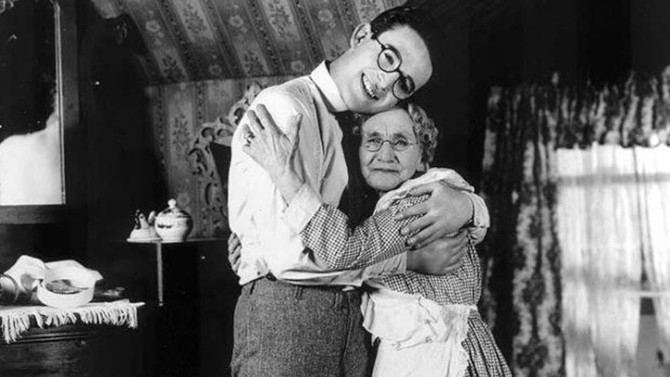
Grandma Knows Best
Could there be anything more embarrassing than being a mama’s boy? Well, there might just be – being a Grandma’s Boy (directed by Fred C. Newmeyer). Silent comic superstar Harold Lloyd’s second feature length film following 1921's A Sailor-Made Man, this 1922 offering, like its predecessor, spawned out of a smaller two-reel idea, growing into a richer, more in-depth narrative. Coming out a year after Charlie Chaplin’s seminal first full length feature, The Kid, the fellow comedic actor was enthralled by his so-called rival’s film – describing it as “one of the best constructed screenplays I have ever seen on the screen. . . The boy has a fine understanding of light and shape and that picture has given me a real artistic thrill and stimulated me to go ahead”.
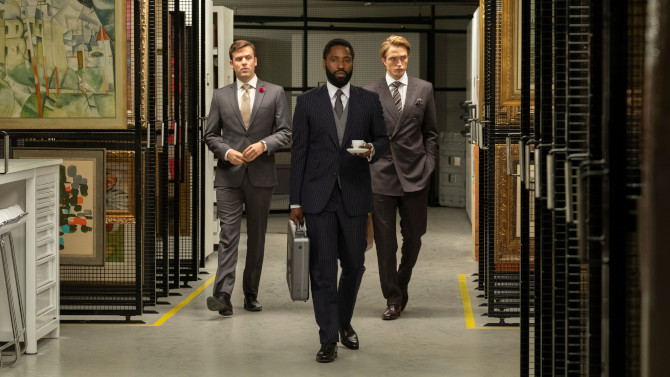
Turning Back Time
A title with so many connotations – of course, it speaks to the fascinating time tinkering found in Christopher Nolan’s new film Tenet, but it also refers to a pre-Covid time. . . a place where people nonchalantly made the trek to movie theatres where packed crowds would communally enjoy the newest blockbusters. Whether Tenet will be able to turn back time and safely fill cinemas during this new normal is yet to be seen. A mesmeric and visually stunning spectacle that finds Nolan playing within his favourite themes, Tenet is clearly self-indulgent, yet not to its own detriment. Following up works like Memento, The Prestige, Inception, Interstellar, and, to a lesser degree, Dunkirk, Tenet, for lack of a better description, is a sort of password. . . an entry by fire into a small group of people who are attempting to prevent World War III. It is a CIA agent simply known as The Protagonist (John David Washington – BlacKkKlansman), who is introduced into this precarious, mind-bending new world.
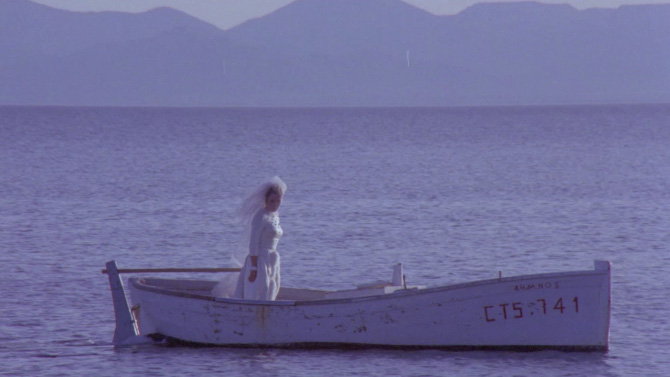
Inlet Outlet
It is always an intriguing prospect to watch the one film that doesn’t fit into a genre film maker’s oeuvre. For The Master of Suspense – Alfred Hitchcock, it was the screwball comedy Mr. and Mrs. Smith (circa 1941 – no, he was not alive to direct the Brad Pitt/Angelina Jolie vehicle in 2005), for Martin Scorsese, the master of the crime movie, it has to be the children’s film Hugo, and for Jesús Franco, the creator of stylish exploitation B pictures packed with sex and violence, 1984's Bahía Blanca fits the bill. The master of pumping them out fast, this was Franco’s tenth of ten movies made in 1984. . . a time when the independent industry was losing their avenue with exploitation flicks (and Franco’s famous touch of softcore was being eliminated by cinema being divided into either adult or mainstream), as Hollywood was learning how to create higher budget slasher flicks that blew these little pictures out of the water – meaning that, the writer/director found himself self-producing a lot of his own films (often disappearing or finding their way onto sub-par VHS – like this rarely seen picture).
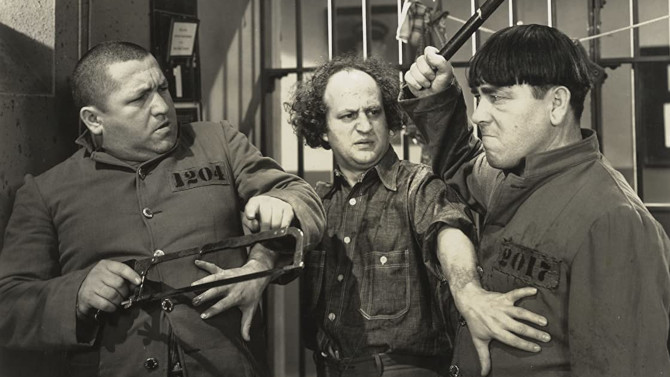
Dream of a Funeral and You Hear of a Marriage
Some things never change. . . and by that I mean true love. . . and by that I mean the love found between a newly rich older man and a much younger woman. . . case in point, 1937's 3 Dumb Clucks, directed by Del Lord – a Three Stooges classic. Larry (Larry Fine), Curly (Curly Howard) and Moe (Moe Howard) have found themselves in jail. . . watched over by a very simple and overly helpful Prison Guard (Frank Austin). Receiving a letter from their beloved mother, she asks her boys to escape their confines and help bring their father home to her. . . as he has made millions through the oil fields he owns and has taken up with a young blonde gold digger, Daisy (Lucille Lund).
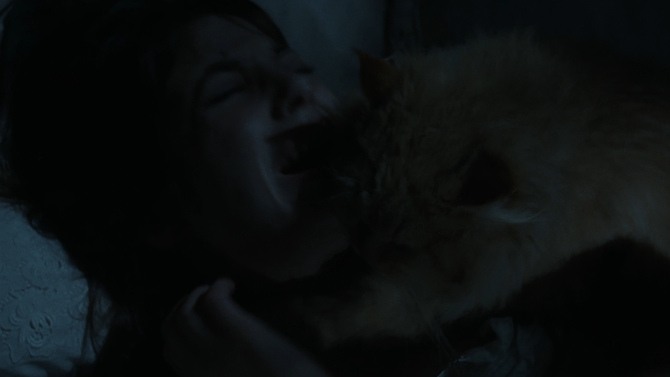
Cat Me If You Can
Expect some lowlifes in the highlands – after all, don’t they say, ‘expect less rather than moor, and you won’t be disappointed’; also, look for some individuals who put the clan in clandestine. Another warning, when dealing with crypts, loch it up and throw away the key. . . okay, enough with all of this wacky wordplay and welcome to one of those intriguing gialli that uproots from their native Italy to a foreign destination (if you haven’t yet guessed Scotland, my kilty pleasure of quirky puns was for naught); namely, Seven Deaths in the Cat’s Eye (1973). Directed by Antonio Margheriti (though you will see his English name, Anthony M. Dawson, in the credits), we are transported into the gothic world of the Scottish countryside alongside Corringa (Jane Birkin), a young woman that is part of the ancient family of MacGrieff – though MacGuffin might be a better name with all of the trickery found in the plot. Making the trip to her clan’s ancestral home (actually a gothic castle named Dragonstone), what she doesn’t know is that a murder has been committed in the cavernous basement of the abode (a location that would make Bruce Wayne jealous).
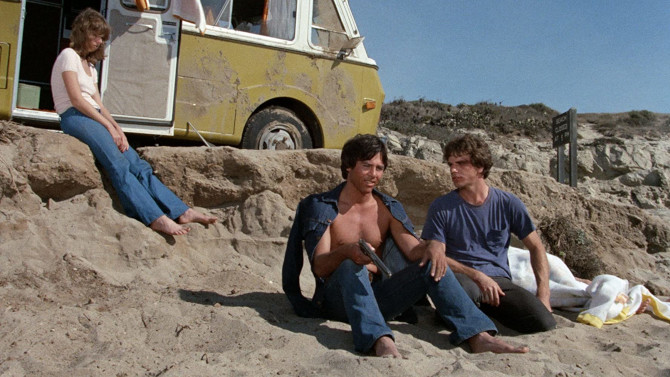
What Could Have Been: Best Friends
A very Indie film that feeds off of both the buddy film craze of the time and the concluding notes of the Vietnam war, 1975's Best Friends, written by Arnold Somkin and directed by Noel Nosseck, is exactly as it sounds, that is, until it isn’t. Jesse (Richard Hatch) and Pat (Doug Chapin) have been best friends for years. Frick to the other’s Frack, they spend all of their time together. . . going as far as heading off to war when they are of age. Now returning from Vietnam, Jesse has set up a special surprise for his bestie – having both of their fiancées join them for an RV road trip all the way to California.
